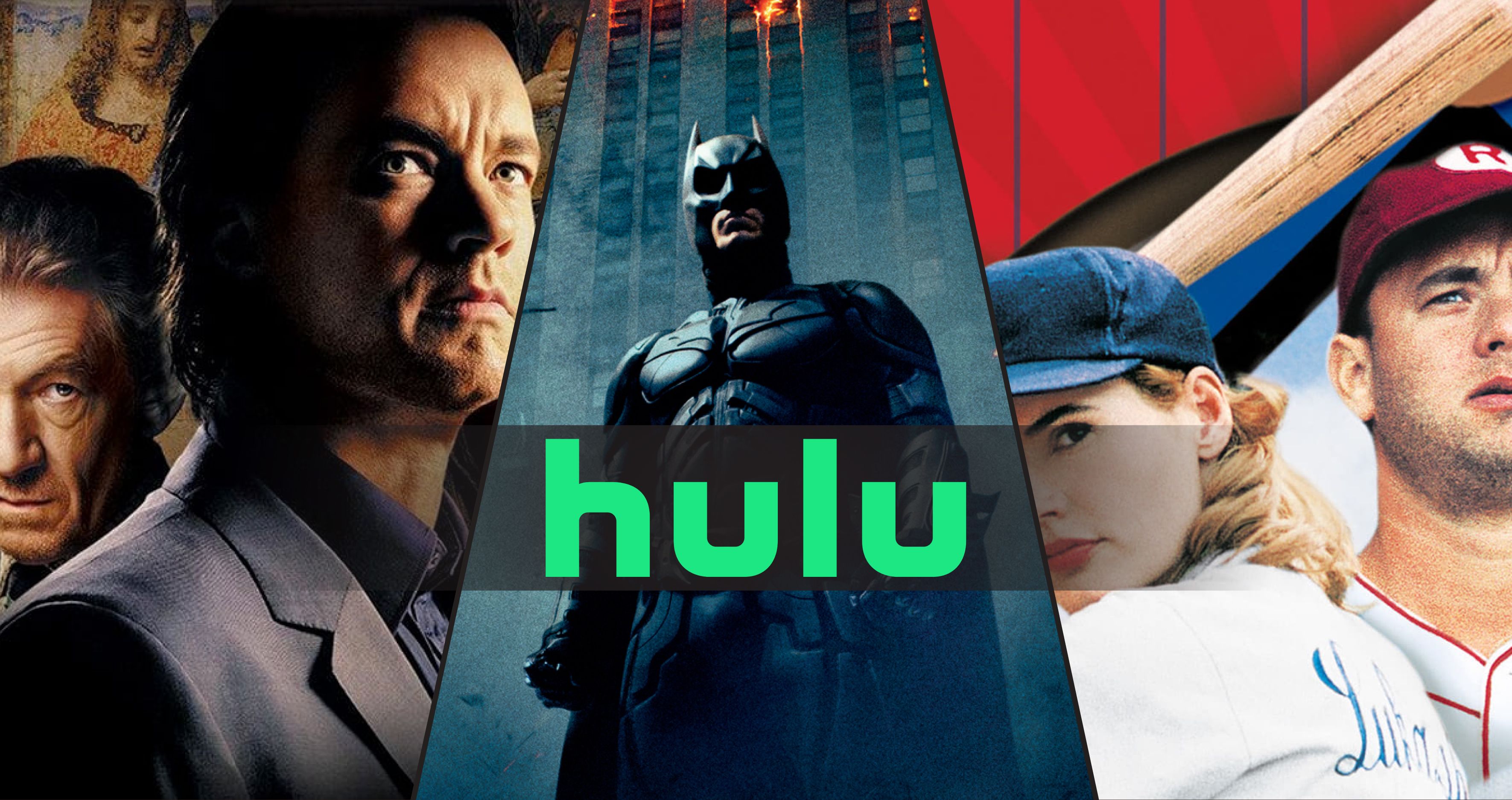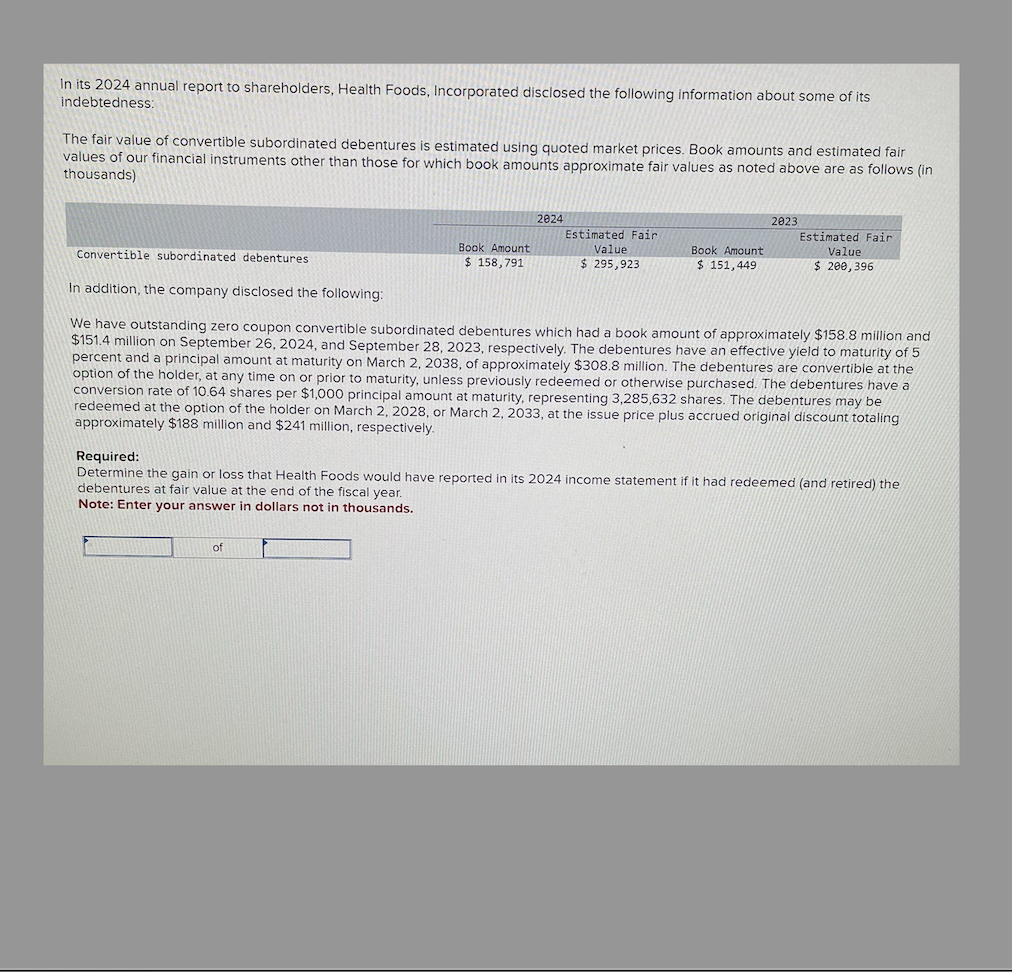Character AI And Free Speech: Navigating The Legal Landscape

Table of Contents
Character AI's Functionality and Potential for Misinformation
Character AI's advanced natural language processing capabilities allow it to generate human-quality text, including creative writing, code, and conversations. However, this very functionality presents significant challenges regarding free speech and its potential misuse.
Generating Potentially Harmful Content
Character AI can be used to create a wide range of potentially harmful content, including:
- Hate speech: The AI can easily generate discriminatory remarks targeting racial, ethnic, religious, or other minority groups.
- Misinformation and disinformation: Character AI can produce convincing but false narratives, spreading propaganda or conspiracy theories.
- Incitement to violence: The AI could generate content encouraging or glorifying violence against individuals or groups.
The ease with which this content can be generated and its rapid dissemination through various online platforms pose a significant challenge. Controlling the spread of such material is difficult, demanding robust and proactive content moderation strategies.
The Challenge of Content Moderation
Moderating user-generated content on Character AI platforms presents formidable obstacles:
- Technological limitations: Current AI-based content moderation tools struggle to identify subtle forms of hate speech or manipulative disinformation.
- Scale of the problem: The sheer volume of user-generated content makes manual review impractical and unsustainable.
- Ethical considerations: Balancing the need to remove harmful content with the protection of free speech requires careful ethical considerations and potentially subjective judgments.
These challenges highlight the need for continuous improvement in AI-powered content moderation and the development of more sophisticated detection algorithms.
Legal Precedents and Existing Regulations
Existing legal frameworks, such as defamation laws and hate speech legislation, offer some guidance, but their applicability to AI-generated content is often unclear:
- Relevant legislation: Laws vary significantly across jurisdictions, making a unified approach difficult.
- Applying existing laws to AI: Traditional legal concepts like "intent" and "publisher" become blurred when dealing with AI. Is the user, the developer, or the AI itself responsible for harmful content?
- Potential gaps in the law: Existing legislation may not adequately address the unique challenges posed by AI-generated content, necessitating new legal frameworks.
Free Speech Principles and AI
The use of Character AI necessitates a careful balancing act between upholding free speech principles and preventing the spread of harmful content.
Balancing Free Speech with Harm Prevention
This critical balance requires a nuanced approach:
- Importance of free speech: Free speech remains a cornerstone of democratic societies, allowing for the open exchange of ideas.
- Protecting vulnerable groups: Simultaneously, it is crucial to protect vulnerable groups from the harms of hate speech, misinformation, and incitement to violence.
- Finding a balance: The challenge lies in finding a balance that respects both values, preventing harm without unduly restricting freedom of expression.
The Role of Intent in AI-Generated Content
Determining legal liability for harmful AI-generated content presents significant difficulties:
- Legal arguments: Arguments exist for holding users, developers, or even the AI itself accountable.
- Challenges of assigning intent: Attributing intent to an AI, a non-sentient entity, poses a significant legal and philosophical challenge.
- Establishing causality: Proving a direct causal link between AI-generated content and resulting harm can also be complex.
International Variations in Free Speech Laws
The global nature of the internet adds further complexity:
- Varying legal approaches: Different countries have vastly different standards regarding free speech and acceptable online content.
- Complexities of global content moderation: Character AI developers face the enormous challenge of complying with diverse legal standards across multiple jurisdictions.
- Jurisdictional challenges: Determining the appropriate legal jurisdiction for AI-generated content that crosses borders is another major obstacle.
Future Legal Considerations and Recommendations
Addressing the challenges posed by Character AI and free speech requires a multifaceted approach.
The Need for New Legal Frameworks
New legal frameworks specifically tailored to AI-generated content are essential:
- New laws and regulations: Legislation needs to clarify liability, establish content moderation standards, and address the unique characteristics of AI.
- Ethical guidelines: Clear ethical guidelines for AI developers are crucial to promote responsible development and deployment.
- International cooperation: International collaboration is vital to develop consistent standards and address the global nature of the problem.
Technological Solutions for Content Moderation
Technological advancements can significantly enhance content moderation:
- AI-powered content filtering: More sophisticated AI algorithms are needed to identify and flag harmful content more effectively.
- User reporting mechanisms: Empowering users to report harmful content is a critical component of any effective moderation system.
- Improved detection of harmful content: Continuous research and development are crucial to stay ahead of evolving methods of generating and disseminating harmful material.
Education and Awareness
Educating users and developers about responsible AI usage is crucial:
- Public awareness campaigns: Raising public awareness about the potential harms and legal implications of AI-generated content is vital.
- Educational resources: Providing comprehensive resources for users on responsible AI use and the potential legal consequences of their actions.
- Responsible AI development initiatives: Supporting initiatives that encourage responsible development and deployment of AI technologies.
Conclusion
The intersection of Character AI and free speech presents significant legal and ethical challenges. The ease with which AI can generate harmful content, coupled with the difficulties of content moderation and the complexities of assigning legal liability, demands a proactive and multi-faceted approach. We need new legal frameworks, advanced technological solutions, and enhanced user education to navigate this evolving landscape effectively. The future of Character AI and free speech hinges on our collective ability to foster responsible AI development and deployment. Let’s continue this vital conversation about responsible AI development and work towards a future where innovation and legal protections coexist harmoniously. Join the discussion and explore the evolving legal landscape surrounding Character AI and free speech.

Featured Posts
-
 Movies Leaving Hulu This Month A Farewell To Favorites
May 23, 2025
Movies Leaving Hulu This Month A Farewell To Favorites
May 23, 2025 -
 Will Erik Ten Hag Replace Marco Rose At Rb Leipzig Latest Transfer News
May 23, 2025
Will Erik Ten Hag Replace Marco Rose At Rb Leipzig Latest Transfer News
May 23, 2025 -
 Understanding Ing Groups 2024 Annual Report Form 20 F
May 23, 2025
Understanding Ing Groups 2024 Annual Report Form 20 F
May 23, 2025 -
 Global Forest Loss Reaches Record High Wildfires Fuel The Destruction
May 23, 2025
Global Forest Loss Reaches Record High Wildfires Fuel The Destruction
May 23, 2025 -
 Ten Hags Man United Problems Tagliaficos Criticism Of Players
May 23, 2025
Ten Hags Man United Problems Tagliaficos Criticism Of Players
May 23, 2025
Latest Posts
-
 Memorial Day 2025 Are Publix And Other Florida Stores Open
May 23, 2025
Memorial Day 2025 Are Publix And Other Florida Stores Open
May 23, 2025 -
 Exclusive Neal Mc Donough Discusses His Preparation For Bull Riding Video
May 23, 2025
Exclusive Neal Mc Donough Discusses His Preparation For Bull Riding Video
May 23, 2025 -
 The Last Rodeo Review A Heartfelt Bull Riding Drama
May 23, 2025
The Last Rodeo Review A Heartfelt Bull Riding Drama
May 23, 2025 -
 Secure Your Wrestle Mania 41 Tickets Now Golden Belt Commemorative Sale
May 23, 2025
Secure Your Wrestle Mania 41 Tickets Now Golden Belt Commemorative Sale
May 23, 2025 -
 Wwe Wrestle Mania 41 Golden Belts And Memorial Day Ticket Sale Event
May 23, 2025
Wwe Wrestle Mania 41 Golden Belts And Memorial Day Ticket Sale Event
May 23, 2025
